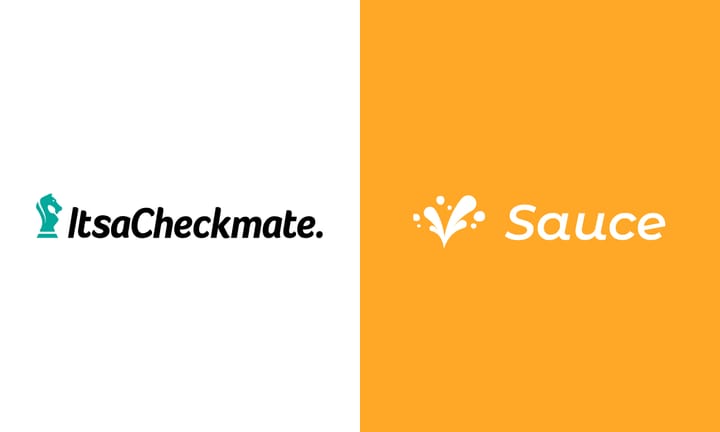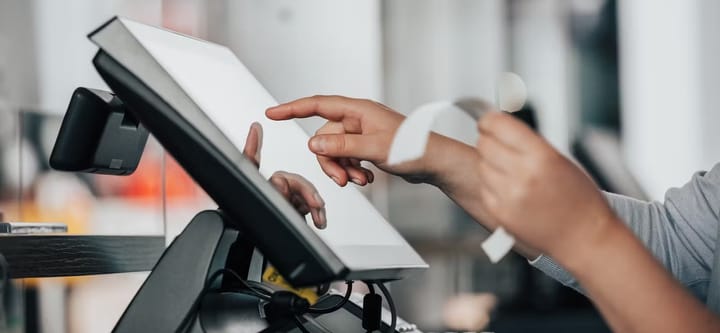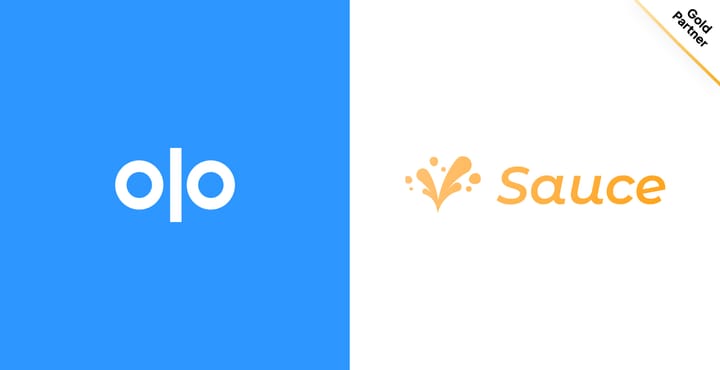How to Build the Most Profitable Restaurant Pricing Strategy
Maximize your restaurant's profit margin by understanding price elasticity, as modeled in a recent Sauce study of dynamic pricing in nearly 50 restaurants.
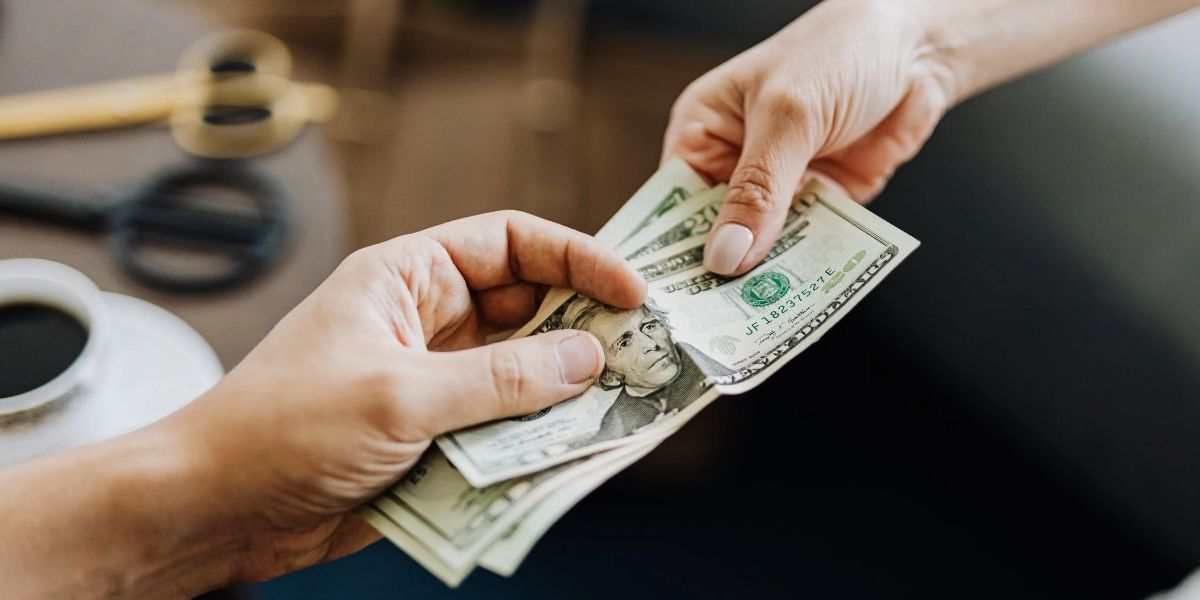
A common question for restaurant operators is “how should I price my menu items?” In a world where supply costs are on the rise and labor is increasingly scarce, you as a restaurateur may be left wondering how to maintain a strong profit margin. Restaurants have tried various solutions to help with this, ranging from increasing prices across their menus, to automating aspects of their front and back-house. For those who increase prices, it’s often hard to gauge whether that new price point will turn away customers. However, rising food and labor costs are leading more restaurateurs to have to grapple with this decision.
Pricing is a big decision to make, and often-times it requires considering numerous data points. The best pricing strategies are based on factors such as consumer profile, demand sensitivity, cost of goods sold, delivery costs, and labor costs-–which can all vary drastically by location and brand. In the most recent study we did at Sauce Pricing, we explore demand sensitivity and how it can be used to make your existing pricing strategy a lot more profitable.
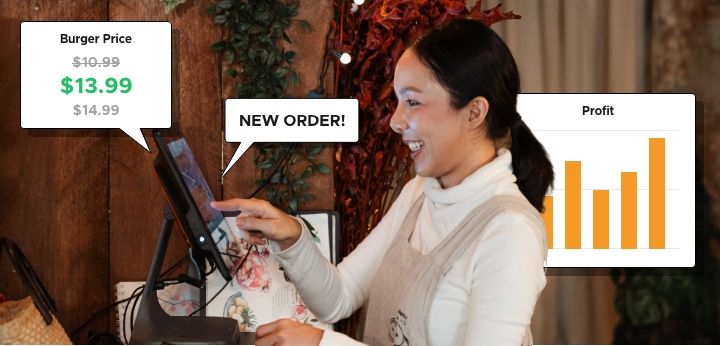
At Sauce Pricing we ran an experiment on 46 restaurants to study how consumers respond to price changes. In our study, we A/B tested prices daily and even hourly to compare a restaurant's previous price point with a new higher price point.
Through this, we got to answer the following questions that help us unpack how restaurants can build a more profitable pricing strategy:
• How do consumers think about food prices?
• Should menu pricing be adjusted regularly?
• How much can you increase menu prices before it will turn away customers?
Key Learnings
How do consumers think about food prices?
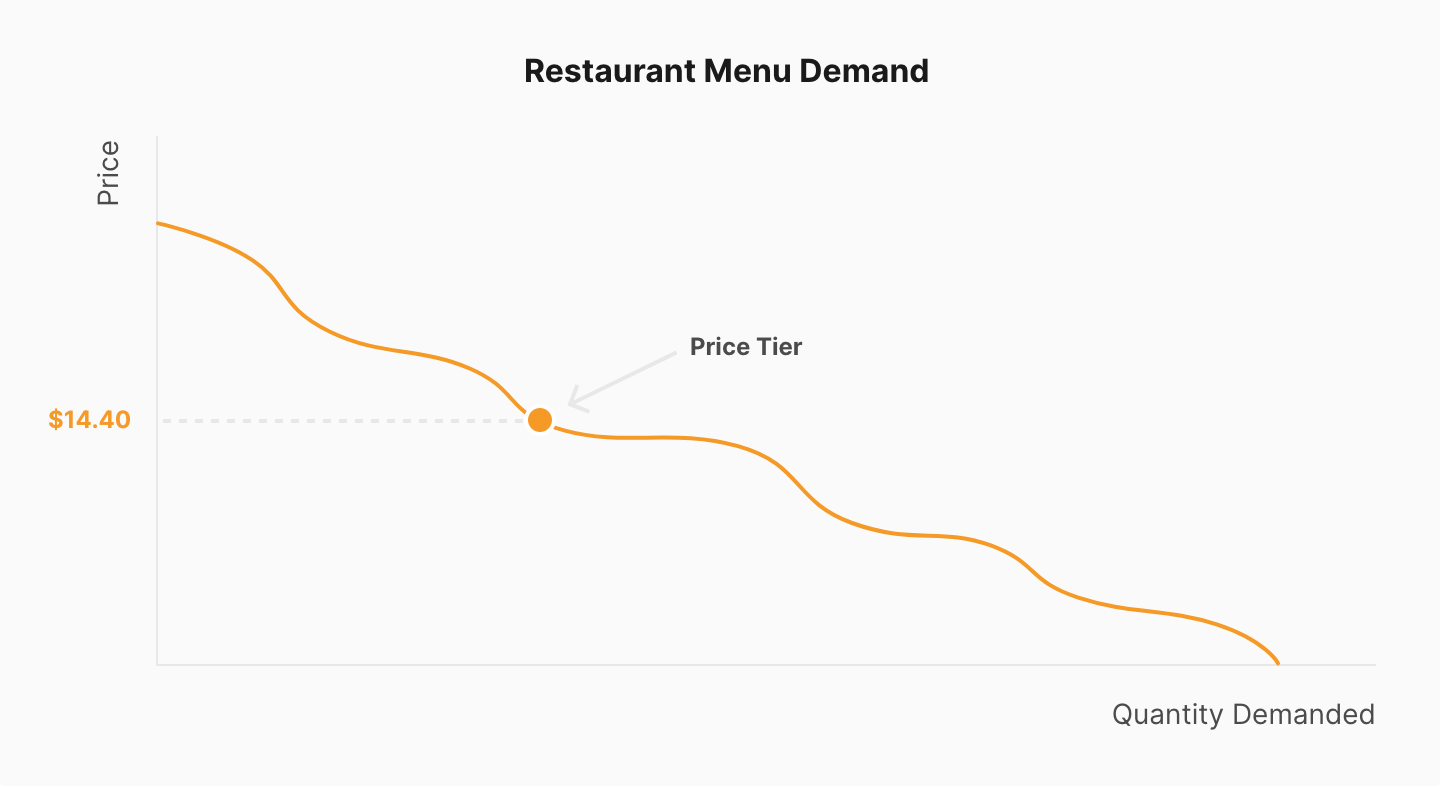
Price Tiers
One of the most interesting findings that we discovered at Sauce Pricing is that consumers view prices in tiers. Let’s think of it in terms of drop-off points. If you have a menu item, you can likely increase the price of that item up to the next breakpoint before it leads to a drop-off in demand. As a restaurant operator, it’s important to understand where your menu prices fall in relation to price tiers. For example, two of the price tiers we found are around $14.40 and $19.20. This means you may likely find a greater dropoff in demand by increasing a meal price from $14 to $15 than you may find from increasing your meal price from $16 to $19, even though the latter price change is larger. When you go from $14 to $15, you pass a drop-off point where you’ll likely see significantly reduced demand. When you increase prices from $16 to $19, you’re adjusting between price tiers where consumer demand is less sensitive.
Want to Learn More?
Enter your email address below to speak with a member of our team.
There are many more price tiers that you’ll want to consider when finding the most profitable price point for your restaurant’s menu items. When thinking about your restaurant’s pricing, you’ll want your prices to remain slightly below the drop-off point to maximize profit and keep customers coming back. Of course, restaurant demand is always changing, and there are moments when it is beneficial to surpass those price tiers in order to capture profits during demand surges. Fortunately, platforms like Sauce Pricing allow restaurants to maximize their profitability at all times.
Should menu pricing be adjusted regularly?
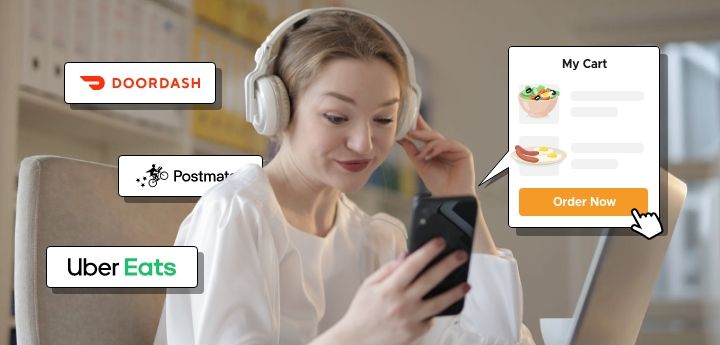
The short answer is yes. When creating the most profitable pricing strategy for your restaurant, it’s important to understand that just like demand can change, the sensitivity of your consumers can change as well. One big finding we learned at Sauce Pricing is that consumers are less sensitive to price on weekdays than weekends.
Now this may seem counterintuitive, because it’s well-known that the highest volume days are generally Friday, Saturday, and Sunday. However, weekends also present the greatest amount of options and time-pressure freedom for consumers. A hungry customer on Doordash may open the app on Friday night and review their options but eventually decide to order something more economical. On a weekday, that same consumer may be working from home and have only 15 minutes to decide what they want to eat for dinner on Tuesday night. As a result, they may just order without considering other lower priced options available. We at Sauce Pricing believe situations like these lead to lower price sensitivity on the weekdays, as consumers may be more time-sensitive than price-sensitive during their work-week. This is important to consider when building an effective pricing strategy.
How much can you increase menu prices before it will turn away customers?
While a profit savvy restaurateur will be conscious of Price Tiers as mentioned above, we at Sauce Pricing found that restaurants typically see a large dropoff in demand after increasing their prices beyond 20% from the original price. This comes in handy, especially as restaurants consider increasing their price point significantly to account for rising supply and labor costs, and delivery commissions. Sometimes, it may be beneficial to increase prices beyond 20% in order to maximize profits during peak times, but it doesn’t mean your food prices should always be left high. Of course, price is both a science and an art, and you should consider unique factors about the location, consumers, cuisine, and time of day when deciding how to adjust your restaurant menu prices.
Want to have a profitable pricing strategy for your restaurant?
It’s important to take a data driven approach when maximizing your restaurant’s profitability while building strong demand. Visit www.saucepricing.com or email colin.webb@saucepricing.com to learn more how dynamic pricing can boost your margins and gain you new customers automatically.

